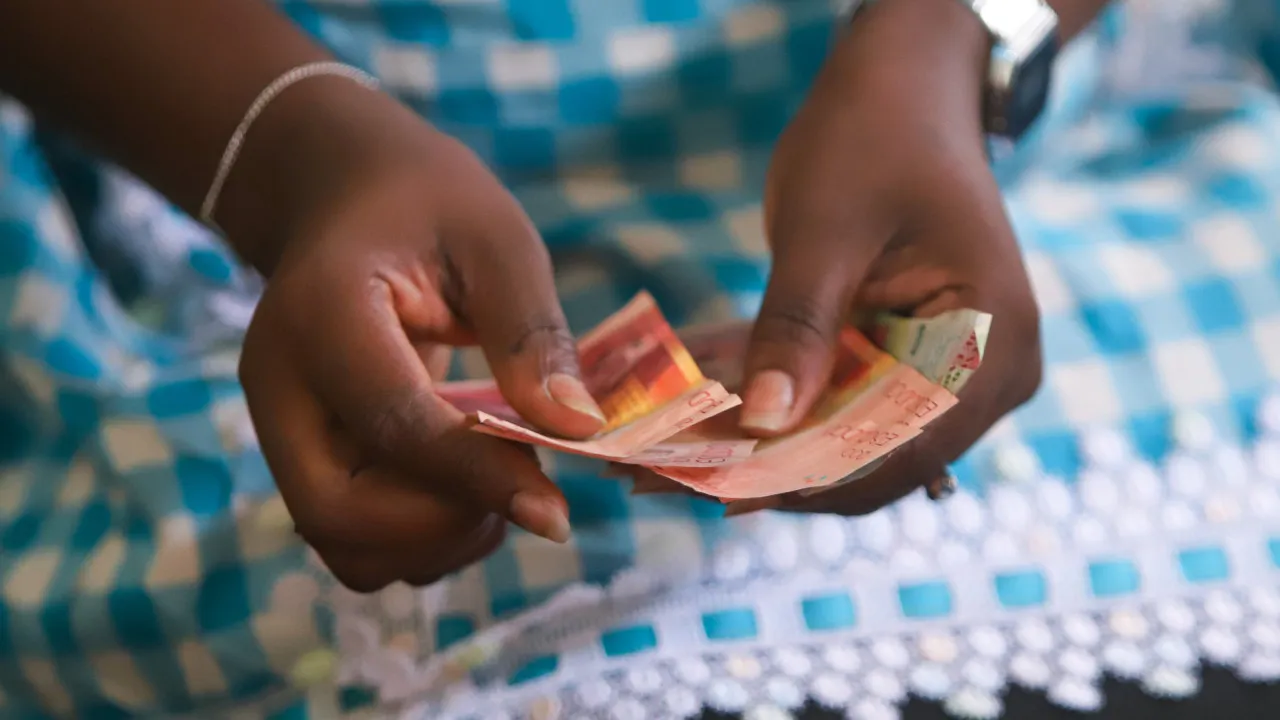
The Cape Verdean archipelago inherited the escudo from its colonial regime, later establishing its own currency, the Cape Verdean escudo, under a currency agreement with Portugal.
While visiting the main market in the capital, Praia, the currency is exchanged frequently, and vendors associate it with a symbol of identity, history, and collective memory.
“We have 50 years of independence, and our escudo is our brand,” says Valita Moniz, 53, a vegetable vendor at Praia’s Municipal Market for three decades.
As she arranges onions and potatoes, Valita calculates in her head and converts to “contos” from a thousand escudos, with the familiarity of someone who has never used another currency: “For me, it represents a lot—both past and present.”
The Banco Nacional Ultramarino (BNU) was the sole bank in Cape Verde until 1975, after which the Banco de Cabo Verde (BCV) was established, gaining monopoly over the country’s monetary system. This led, in 1977, to the issuance and circulation of the first notes and coins with symbols identifying the nation’s sovereignty, according to a central bank educational brochure.
The monetary unit was named the Cape Verdean escudo, internationally denoted by CVE.
“We also see euros here, mainly with tourists, but we exchange them immediately. Day-to-day, we sell with escudos,” Valita adds.
“I still remember when we talked about tostões before independence,” says seller Inês Moreira, 58: “Then came the escudo, and it’s been here ever since. Even a two-year-old knows five or ten escudo coins,” she notes while separating coins from notes in her apron pocket tied around her waist.
“I keep coins on one side for easier change, and notes on the other side, but within a wallet to avoid losing them,” she explains.
Doriva Cruz, 51, one of the few male vendors among numerous women at Praia’s market, recalls the first paper escudos featuring the portrait of Amílcar Cabral, leader of the independence movements for Cape Verde and Guinea-Bissau.
It’s no wonder that today the escudo remains a symbol of the struggle for independence.
In other nations, various currencies underwent several name changes, but the escudo retained its name in Cape Verde due to the absence of high inflation or devaluation needs, according to economist António Batista.
“In Cape Verde, inflation has never been a significant issue. We’ve had inflationary periods, but never to the extent requiring a currency name change or replacement,” he states.
For the expert, “Currency should not be frequently altered. Stability brings confidence to citizens and investors. The older the denomination, the greater its security and prestige,” he adds.
A significant historical milestone was the currency agreement signed between the central banks of Portugal and Cape Verde in 1998. This established a fixed exchange rate of 110.265 escudos per euro.
“The currency agreement allowed the stabilization of many important variables,” like inflation and external factors, noted Bank of Portugal Governor Mário Centeno in an April visit to the archipelago, praising the country’s projection capability with stability.
The 1998 currency accord “has been a determinant of stability and confidence,” said Cape Verdean Prime Minister Ulisses Correia e Silva at the time.
Economist António Batista emphasizes those aspects: “We receive remittances from the diaspora, have external debt, and the Cape Verdean escudo, not being very strong, often needs to anchor to other currencies, as it does with the euro here. A country maintaining the same currency for a long time signals security, stability, and government commitment,” he concludes.




